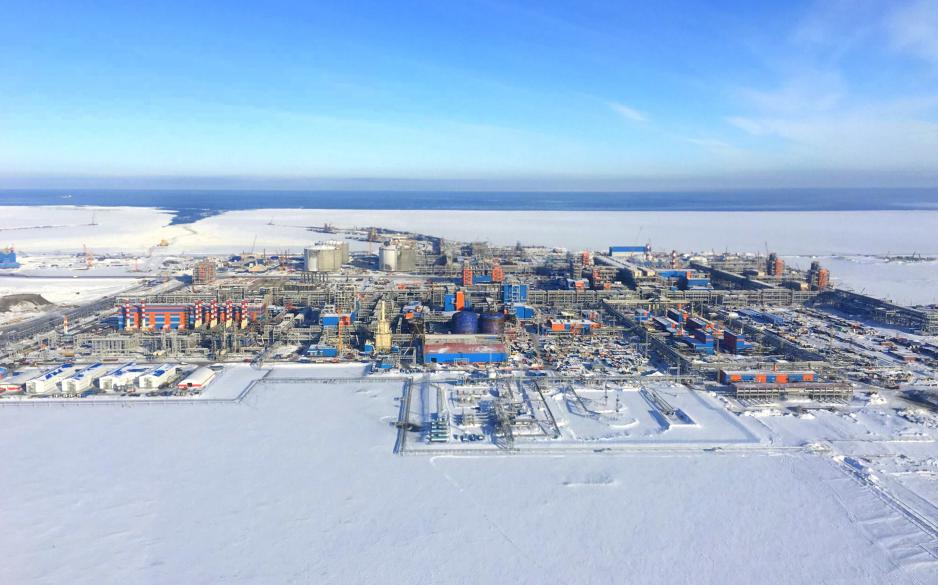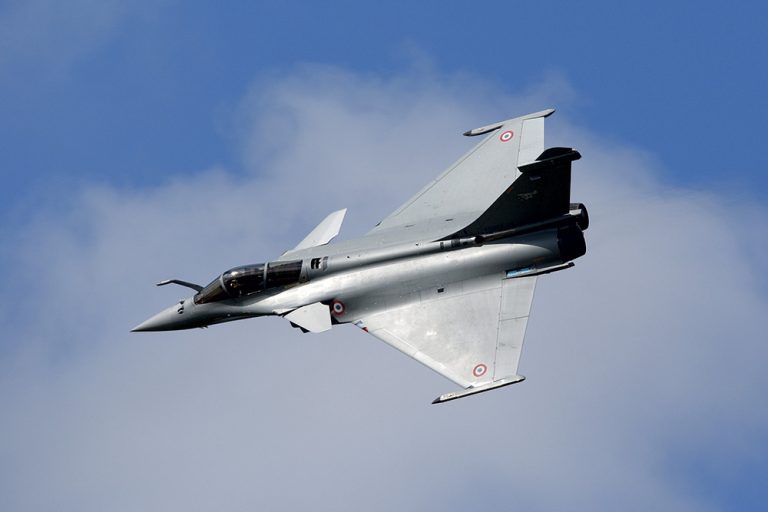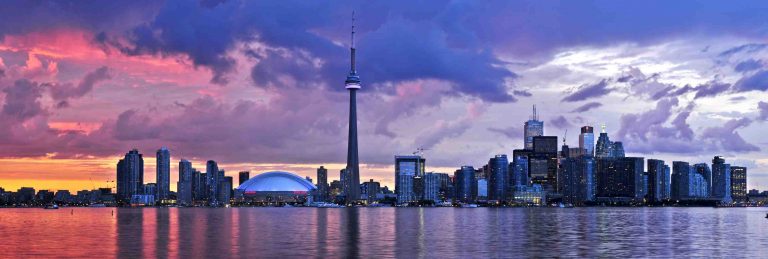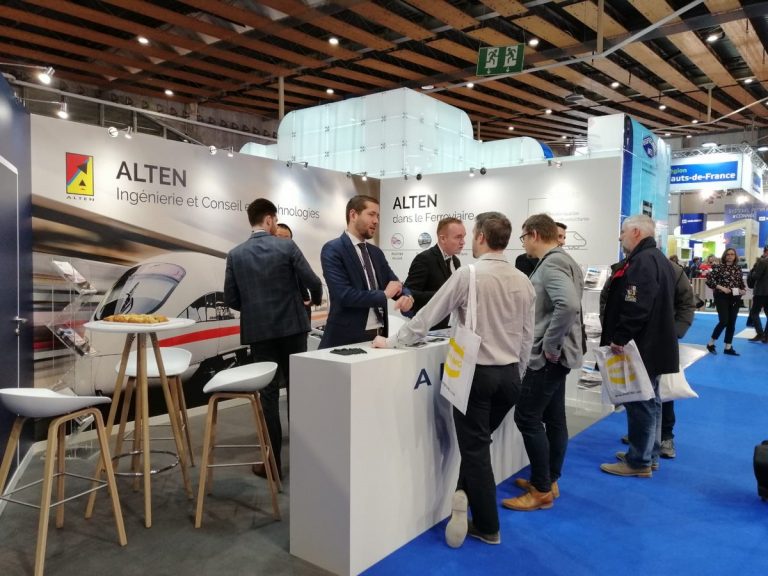On December 11, 2018, Yamal LNG, the huge natural gas liqtion complex, reached its full capacity one year earlier than planned, with a capacity of 16.5 million tonnes per year. However, this mammoth project was carried out in a desert region at 600 km north of the Arctic Circle, a project that few people initially believed in. More than 150 experts from Anotech Energy (a subsidiary of the ALTEN group) were involved in this project, which goes far beyond the scenarios of “extreme manufacturers”.
A gas project accounting for 5% of the world market
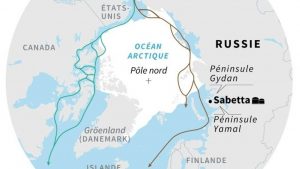
In 2013, in the far north of Siberia, Russia was preparing to start building one of the world’s largest and most complex LNG (liquefied natural gas) plant projects.
In the Yamal Peninsula, at 600 km north of the Arctic Circle, in Western Siberia, the South Tambey region is frozen from 7 to 9 months a year, it is dark two months a year, temperatures can drop to -50°C. But the gas field discovered in 1974 has huge gas resources (estimated at 907 billion cubic meters, or the equivalent of 485 million barrels of oil).
Project goal: to build a gas liqtion plant, producing a total of 16.5 million tonnes per year from 2019.
This production would represent more than 5% of the world market .
The project (with an investment of $27 billion) is operated by Yamal LNG , whose shareholders are Novatek , the Russia number two gas producer (50.1%), Total (20%), CNPC (20%) and Silk Road Fund (9.9%).
The achievement of this project is of paramount importance in the global energy market. Unlike pipelines that cross several countries, the supply of liquefied natural gas by LNG carriers (LNG ships) is not influenced by geopolitical issues.
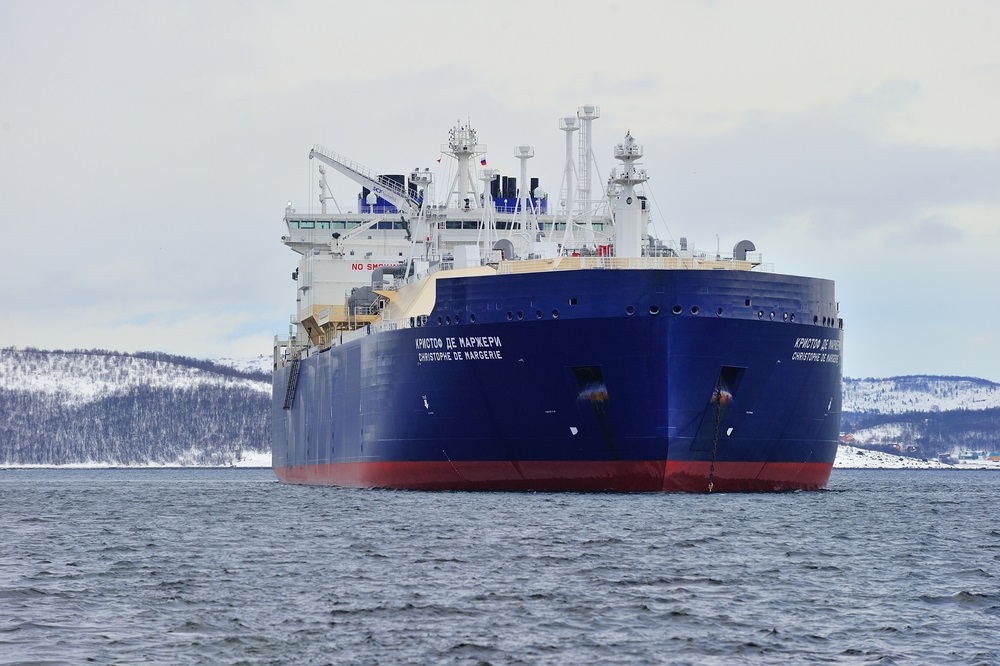
But to make this maritime transport possible, natural gas must be cooled after extraction by a refrigeration cycle (compression, condensation, expansion, evaporation) that transforms it to a liquid state at -160°C. This is known as liquefied natural gas (LNG), the volume of which is greatly reduced. That’s what the LNG liqtion plant is all about.
Yamal LNG, the world’s largest modular construction
When construction of the facilities began in 2011, the site had no land or sea access roads. The area is located in a wilderness area, away from any infrastructure. Also, maritime access is available only in a limited time window, when the Ob is ice-free, i.e. four months a year, between mid-June and mid-October.
That is why the engineers designed a modular plant, composed of 3 liqtion trains. The plant consists of more than 150 modules and is capable of producing 5.5 million tonnes of liquefied natural gas per year. Each module is prefabricated in shipyards in Asia, and ready to be assembled and connected on site.
The LNG plant also has four 160,000 m³ storage tanks and a marine LNG export terminal. Here is a 3D animation video that presents this extraordinary project :
It also required the construction of an airport and a seaport to carry 150,000 passengers (20,000 people worked simultaneously on the site), 150 modules weighing between 200 and 8,000 tonnes each, and more than 5 million metric tonnes of bulk materials (source: Total ).
In addition, constructions are carried out on more than 8000 piles of varying diameters and depths due to permafrost (frozen ground at depth that thaws on the surface only in the summer months).
Anotech Energy: more than 150 experts mobilized in the 4 corners of the world
With its recognized expertise in transnational energy projects, Anotech Energy (a subsidiary of ALTEN group) has been entrusted with several responsibilities in this mega-project Yamal LNG:
- ENGINEERING, SUPPLY & CONSTRUCTION (EPC): More than 30 engineers were involved in the two engineering centres (Paris and Shanghai), for example to specify rotating turbines (compressors, pumps, etc.), study processes, design the HVAC system (heating, ventilation and air conditioning) and qualify equipment and piping. Anotech Energy experts also visited the Sabetta site (Arctic Siberia) to carry out the commissioning phase (commissioning) of the installations.
- SUPERVISION OF MODULES COMPLETION: As a fixed price operator, Anotech Energy has deployed a team of very high-level engineers (naval architects, engineers specialising in heavy lifting, etc.) to supervise the transport of modules from the ten shipyards in Asia to the Sabetta site.
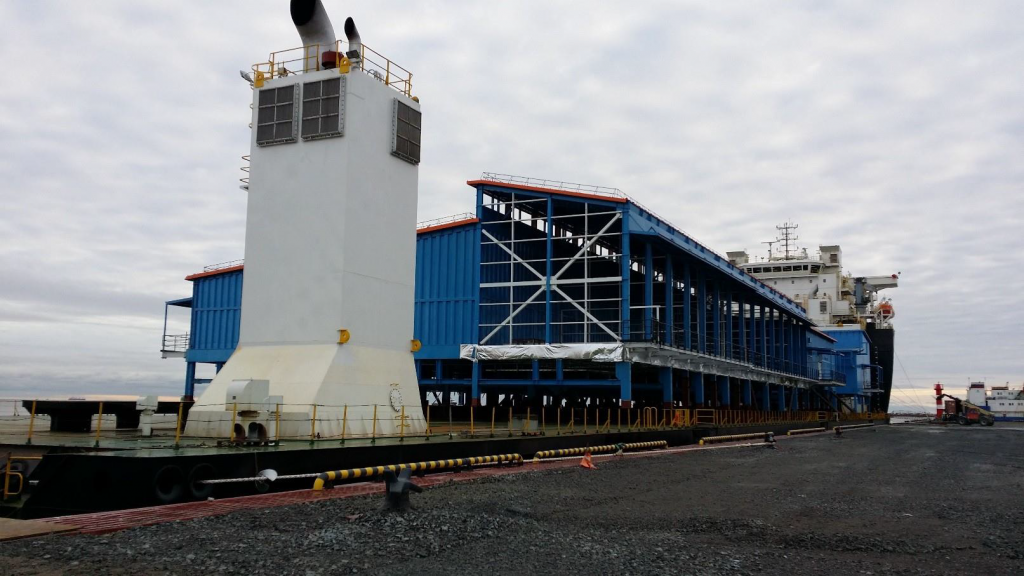
Coordinated from Anotech Energy’s Moscow office, a truly global network has been set up to carry out the mission:
- China, Indonesia and the Philippines: shipyard inspection and supervision of unloading operations
- France (Paris): validation of mechanical structures for the maritime transport of modules
- Belgium (Zeebrugge): preparation of unloading/loading operations in the intermediate storage hub
- Sabetta (Russia): validation of landing operations (ballast tanks, structures, procedures, withdrawal of seizures/sea traps, etc.)
A team of 12 specialists has been created ad hoc to be able to travel anywhere in the world and provide 24/7 support to the various operations around the world. Our engineers, whose most experienced have between 25 and 35 years of experience in the sector, have been able to provide a very high level of technical expertise to support suppliers in their operations, such as:
- Structural calculation (naval engineering)
- Design and calculation of lifts, slings, screens
- Disembarkation / loading instructions
The various optimization solutions provided by Anotech Energy have reduced the overall transport budget by more than 10%.
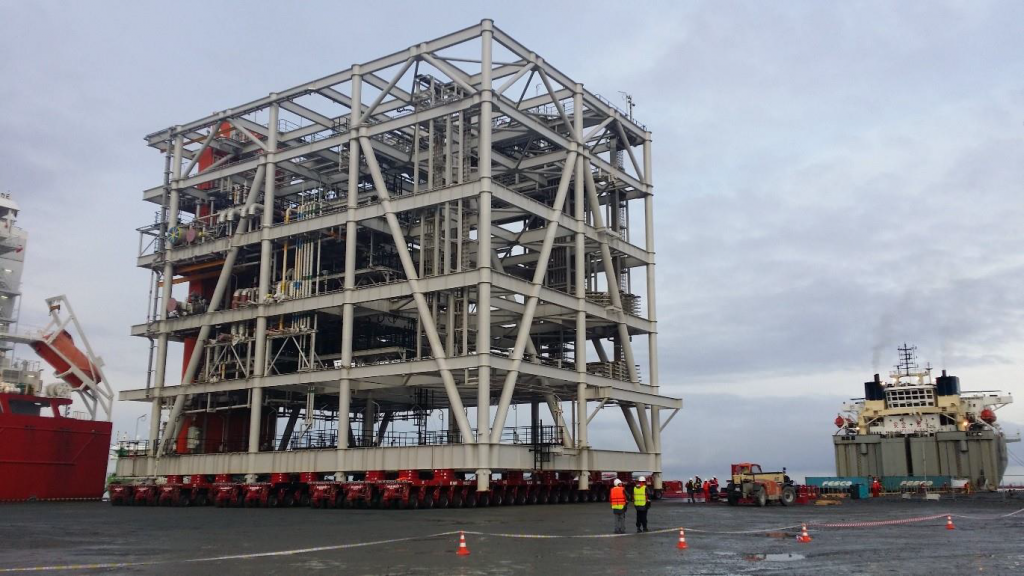
Next step: Artic LNG 2 project

Following the success of this project, Anotech Energy is also willing to start activities on Novatek’s new giant project, Artic LNG 2 .
Located on the Gydan Peninsula in northern Siberia, Arctic LNG 2 has a production capacity of 19.8 million tonnes per year, or 535 000 barrels of oil equivalent per day. To achieve this, no less than three offshore gravity platforms will be installed in the Ob Bay and will accommodate the three liqtion trains, each with a capacity of 6.6 Mt/year.
The choice of this industrial scheme offers several advantages:
- The LNG plant can then be produced in mini-serie
- To avoid the need to build the foundation on a permafrost floor
- To use the shell of the prestressed concrete gravity platform as a storage tank
- Each liqtion train can operate independently



